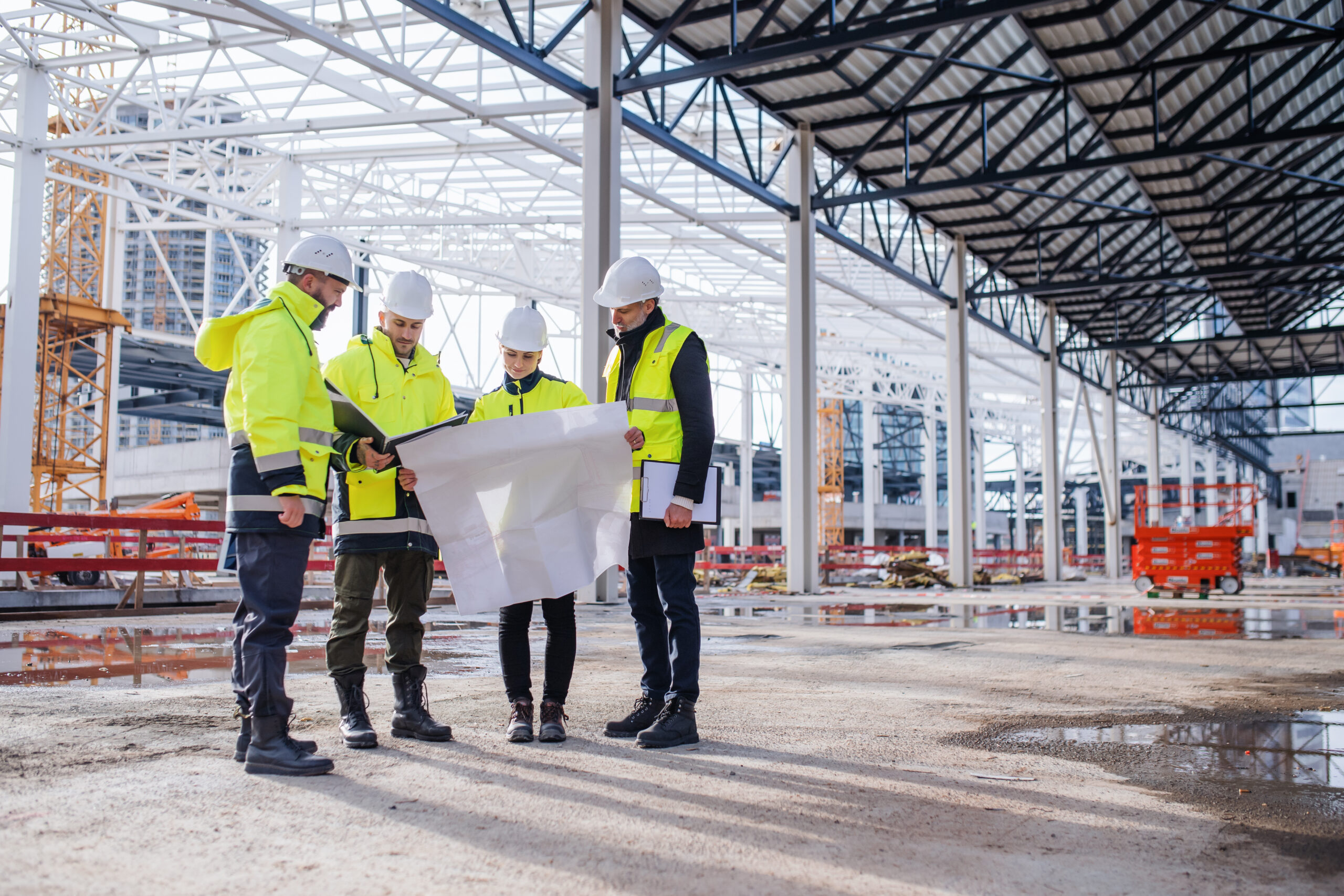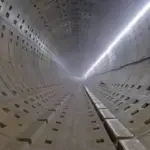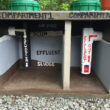Constructing large-scale industrial facilities is a complex undertaking, demanding meticulous planning, coordinated execution, and a focus on safety and efficiency. These projects involve a significant amount of capital, intricate construction processes, and the management of diverse stakeholders.
Therefore, implementing effective strategies throughout the project life cycle is crucial for successful completion and achieving the desired outcomes. With that in mind, here are a few strategies for constructing large-scale industrial facilities:
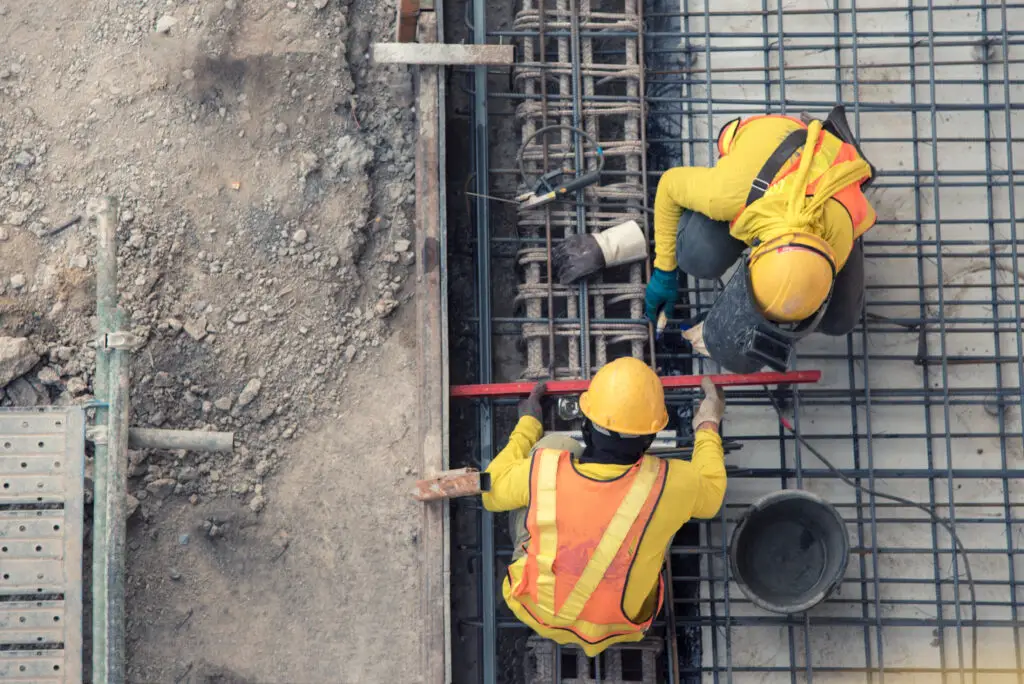
Consider Thorough Planning And Feasibility Studies
When taking on large industrial construction projects, such as steel warehouse construction, you must first conduct thorough planning and feasibility studies. This critical initial phase allows you to fully evaluate the project’s viability from multiple angles, including financial projections, market demand analysis, and risk assessment.
Ensure the project aligns strategically with long-term business goals before moving forward and identify potential challenges, such as environmental impact, logistics, and community concerns, early on. Addressing these hurdles upfront saves considerable time, money, and reputation later in the process.
For instance, detailed environmental impact studies can help mitigate ecological damage and avoid lawsuits or fines down the road. Logistics planning provides insights into optimal transportation methods and workforce requirements.
Careful feasibility studies set up industrial projects for success from the beginning. The effort invested in comprehensive planning pays dividends when executing these complex, large-scale undertakings.
Select Site Strategically
Choosing the right location is crucial for the operational efficiency and financial success of the facility. Consider proximity to raw material suppliers, labor markets, and transportation infrastructure like roads, railways, and ports. The site must comply with zoning laws and environmental regulations while having access to essential utilities.
Conduct a comprehensive site analysis evaluating these factors to choose a location that meets current needs and allows future expansion. For example, a site near major highways and railroads would offer easy access to material deliveries and product distribution. Locating in an area with a skilled manufacturing workforce would provide a reliable talent pool. Additionally, choosing a site designated for industrial use would avoid zoning issues.
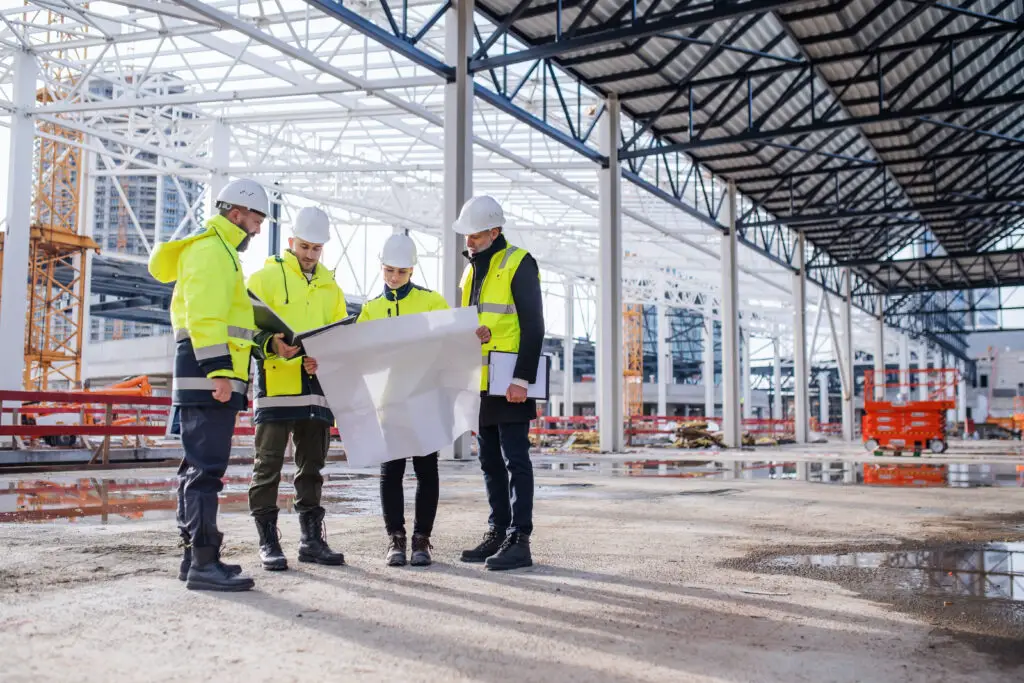
Optimize Design For Efficiency And Flexibility
When designing your industrial facility, optimize efficiency and flexibility to accommodate changing needs. Incorporate lean manufacturing principles to minimize waste and streamline workflow. Using modular design and construction allows for flexible expansion or reconfiguration of specific areas without interfering with the overall operations.
Like Us on Facebook!
For instance, you could construct administrative offices in a separate modular building, making future office expansions easy without disrupting the manufacturing floor. Conversely, you could expand production lines by adding sections pre-constructed off-site.
Subscribe Us on YouTube!
Optimizing the layout for smooth material and product flow improves efficiency and allows room to add innovative technologies like automation, boosting flexibility. Also, keeping efficiency and flexibility top of mind in the design phase ensures your facility can cost-effectively adapt as processes, products, and demands evolve.
Embrace Technology And Automation
Embracing construction technology and automation from the start can boost productivity and sustainability in your industrial facility. Utilize Building Information Modeling (BIM) during design and construction for enhanced coordination and visualizations. Incorporate automation into manufacturing processes to improve efficiency, safety, and cost savings.
For example, use automated guided vehicles instead of forklifts to transport materials through the facility efficiently. Integrate smart energy management systems to monitor and optimize electricity and water usage. Implement predictive maintenance analytics to detect equipment issues before failures occur and provide workers with wearable devices and augmented reality tools to simplify complex manual tasks.
The right technology investments will streamline operations, maximize uptime, conserve resources, and keep your facility at the forefront. With an automation-first mindset implemented early on, your industrial asset can continuously evolve and improve for decades to come.
Ensure Regulatory Compliance And Safety Standards
You must ensure regulatory compliance and adhere to safety standards when undertaking large industrial buildings. Navigating local, regional, and international regulations around environmental impact, construction, safety, and industry-specific requirements can be complex. Therefore, engage regulatory bodies early and develop comprehensive compliance plans.
For example, work closely with environmental agencies to secure proper permits and implement eco-friendly designs like spill containment systems. Consult building code officials regularly to ensure structural plans meet requirements. Hire safety specialists to integrate hazard prevention, emergency systems, and worker training to meet occupational standards and partner with quality assurance experts versed in industry-specific rules.
Thorough compliance planning prevents costly delays and ensures the facility operates safely within legal frameworks throughout its lifecycle. Staying proactive with regulatory needs safeguards your business reputation and protects the health of the community and workforce around your industrial asset.
Embrace Sustainable Construction Practices
Sustainability should be your core focus when undertaking large industrial projects in today’s world. Build green by choosing eco-friendly construction materials with recycled content and low emissions.
Incorporate renewable energy like solar panels or wind turbines to reduce the facility’s carbon footprint and install energy-efficient Heat Ventilation and Air Conditioning (HVAC) and lighting systems to minimize electricity usage. Also, collect rainwater for landscaping and industrial processes to conserve water and design smart stormwater management into the site to control runoff.
Sustainable construction benefits the bottom line through energy savings and demonstrates your organization’s dedication to reducing environmental impact. So, make sustainable construction practices pillars of your industrial project.
Conclusion
Constructing large-scale industrial facilities is a challenging endeavor, requiring strategic planning and execution across all project phases. From initial feasibility studies to final compliance checks, you must undertake each step with care and foresight to deliver a successful asset. Adopting best practices around site selection, optimized design, technology integration, regulatory adherence, and sustainability lays a solid foundation for efficiency, safety, and future flexibility. While large industrial buildings demand immense coordination and capital, the rewards over the facility’s lifespan are well worth the initial efforts.

